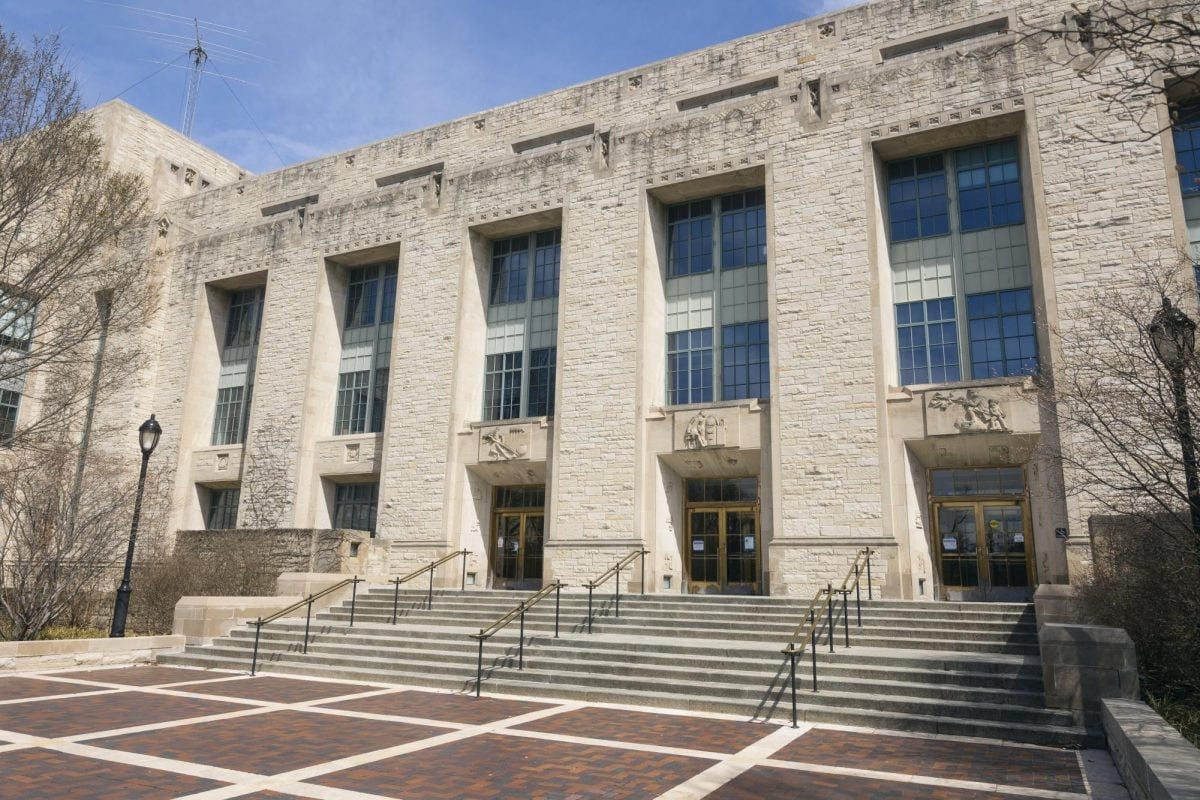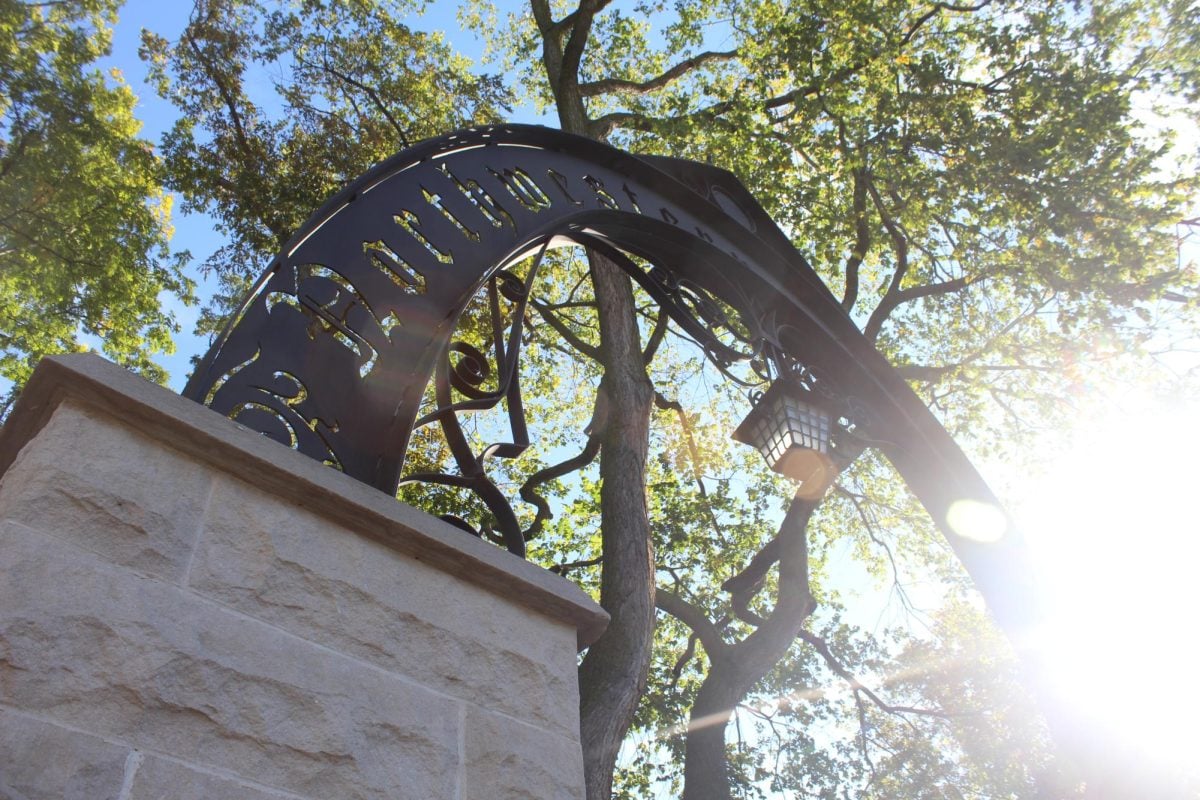Professor Michael Allen takes a different approach to teaching history to freshmen, one that involves a lot of Don Draper.
Instead of course packs or lengthy textbook assignments, Allen has his class watch weekly episodes of AMC’s hit television series “Mad Men.”
“When I came across ‘Mad Men’ on the freshman seminar offerings, I was instantly interested,” Weinberg freshman Lauren Saunders said. “Plus the fact that you got to watch TV as homework I thought was pretty cool.”
Allen, an assistant history professor in Weinberg, is also a faculty fellow in the Public Affairs Residential College where he teaches “Consumerism and Social Change in Mad Men America, 1960-1963” as a freshman seminar to PARC residents.
“Mad Men” offers a vivid depiction of life for middle class professionals in the late ‘50s and early ‘60s, Allen said, and provides a dramatic lens through which he can cover all the topics typically taught in a history course.
“It’s made learning about the time period a lot easier,” said Nalin Natrajan, a Weinberg freshman in the class. “I watched Mad Men before taking the class, actually, and I like how [Allen] used that as a kind of intro into the time period.”
Allen said many students have an easier time relating to a television series than a history book. His seminar examines the relationship between consumerism and the social and political changes of the 1950s and 1960s. Students watch one to two episodes per week of the first season of “Mad Men,” in addition to reading historical texts.
“It helps to illuminate the ways that life in the United States was changing and allows me to address a variety of topics, including economic growth, changes in the nuclear family, political controversies, race relations and sex and sexuality in the late ‘50s and early ‘60s,” Allen said.
Saunders said that although “Mad Men” is created with a 21st-century perspective on the time period, it does a good job of accurately depicting life in the 1950s and ‘60s.
The show isn’t without its flaws, says Allen, and it only depicts a “narrow slice of history.”
“[‘Mad Men’] really concentrates its attention on the world of upper-middle class professionals who lived in New York City,” he said. “So that means you find out a whole lot more about those types of people than you do of people who don’t fit that category-i.e. working-class people, African Americans and ethnic Americans.”
Allen, who is teaching two history courses in the winter, said as of now there is no scheduled future of the course showing up on CAESAR.
“I hope to teach it again, but I think how many times I teach it again, or when I teach it again might depend on how long the show survives and also what happens in the show,” he said. “As long as the show continues, I will most likely teach it once or twice more.”







